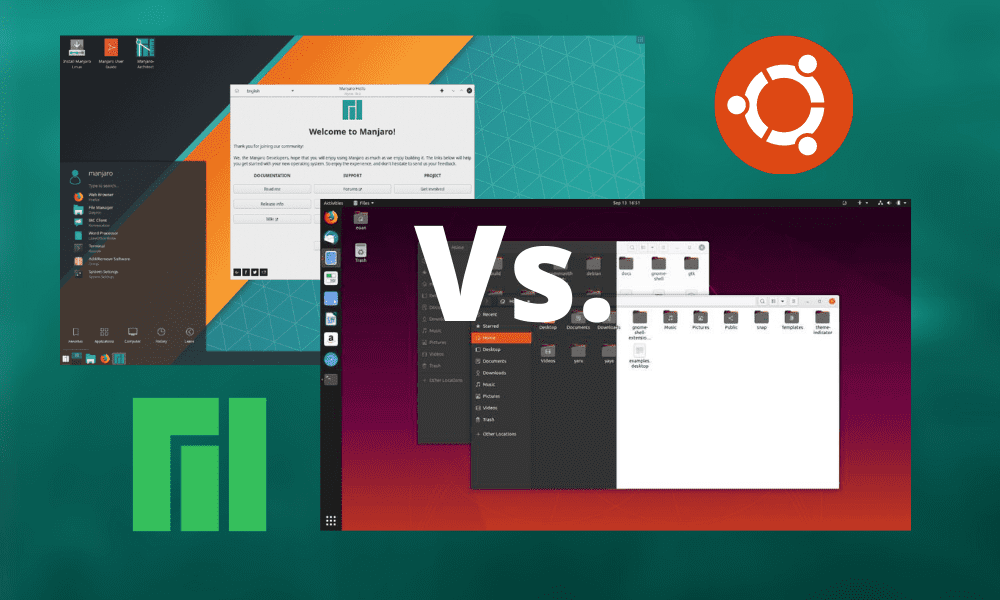Let's explore the key differences between Manjaro and Ubuntu:
1. Desktop Environments:
Manjaro: Offers three official editions with different desktop environments (Plasma, GNOME, and Xfce). You can choose the one that suits your preferences.
Ubuntu: Provides Ubuntu with GNOME as the default DE, but it also has various flavors (Kubuntu, Lubuntu, Ubuntu Budgie, etc.) with different DEs.
2. Stability and Release Model:
Manjaro: Follows a rolling release model, ensuring you always have the latest software updates. It's more bleeding-edge but may require occasional troubleshooting.
Ubuntu: Has two release cycles: interim (every nine months) and LTS (Long-Term Support, with at least five years of support). LTS versions prioritize stability over bleeding-edge features.
3. Pre-Installed Software:
Manjaro: Comes with fewer pre-installed applications, allowing for customization. Ideal for Linux enthusiasts who want to build their system.
Ubuntu: Includes more default software, making it easier for beginners. Ubuntu flavors cater to specific needs.
4. Community and Support:
Manjaro: Active community support, but less extensive than Ubuntu's.
Ubuntu: Vast community, extensive documentation, and widespread adoption. Great for beginners.
5. Ease of Use:
Manjaro: Requires some familiarity with Linux. Customizability may be overwhelming for new users.
Ubuntu: Beginner-friendly, straightforward installation, and user-friendly interface.
6. Speed and Performance:
Manjaro: Lightweight and efficient due to its Arch base. Faster overall desktop experience.
Ubuntu: Slightly heavier due to GNOME, but still performs well.
In summary:
Manjaro: Speed, flexibility, and customization for experienced users.
Ubuntu: Stability, ease of use, and extensive community support for beginners and professionals alike[1][2].
Choose based on your preferences and experience level! 🐧🚀
Reference links: [1] [2] [3] [4]

